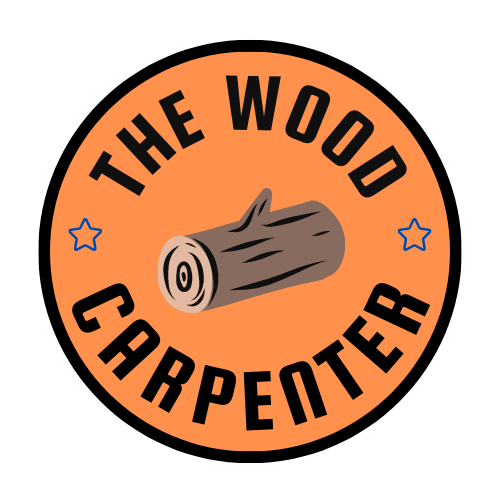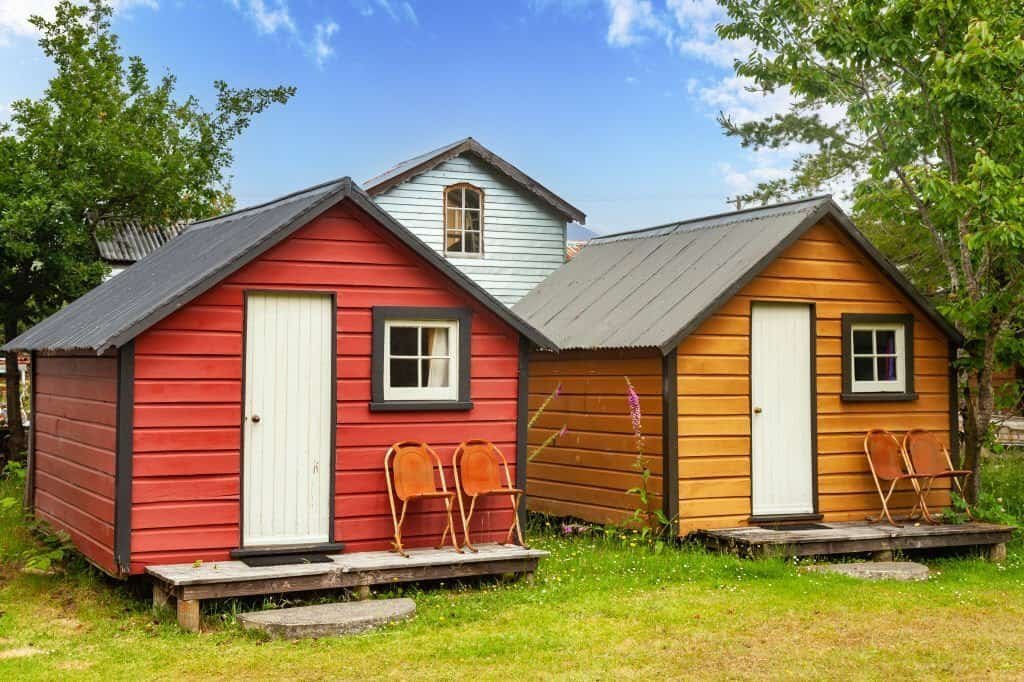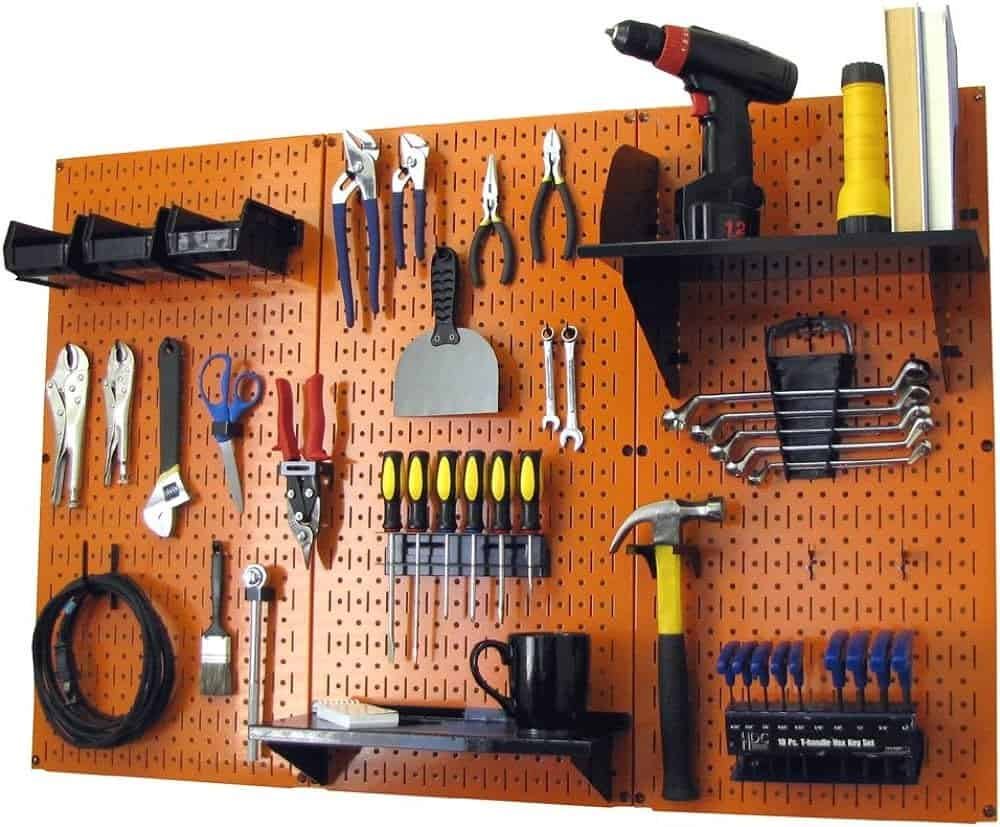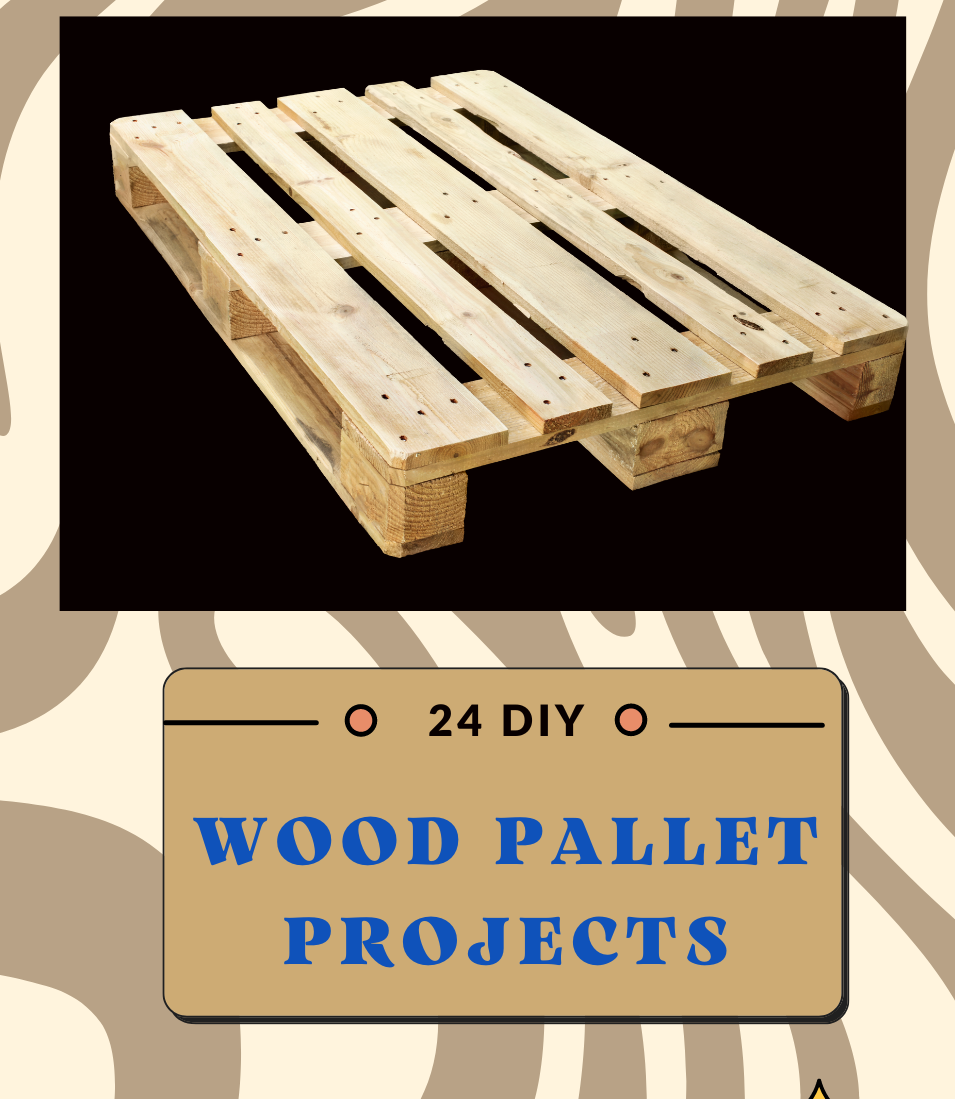Introduction
Have you ever dreamt of having your own cozy hideaway, a retreat that doesn’t break the bank? Building a shed house on a budget is a fantastic way to turn that dream into reality. Shed houses have gained popularity for their charm, versatility, and cost-effectiveness. In this article, we will walk you through a step-by-step guide on how to build a shed house without draining your wallet.
The idea of building a shed house is alluring, offering both a creative endeavor and a practical solution for extra living space. With careful planning and resourcefulness, you can make your shed house a reality even on a tight budget.
Planning and Designing Your Shed House
Before swinging a hammer, start by meticulously planning your shed house. Decide on the purpose of the space and create a blueprint that maximizes every inch. This initial step prevents costly mistakes down the road.
Choosing the Right Location
Selecting the perfect spot for your shed house is crucial. Opt for a level area with good drainage to avoid potential water damage. Also, check local regulations and permits to ensure a smooth building process.
Materials: Finding Quality Within Budget
Sourcing materials can be a challenge, but it’s possible to find affordable options without compromising quality. Explore salvage yards, online marketplaces, and local sales for discounted or reclaimed materials.
When embarking on the journey of building your shed house on a budget, choosing the right materials becomes crucial. While affordability is a priority, it’s essential to strike a balance between cost and quality to ensure your shed house is durable, functional, and aesthetically pleasing. In this guide, we’ll explore strategies for finding quality materials that fit within your budget constraints.
Prioritize Essential Materials:
Identify key components: Determine which materials are critical to the structural integrity and safety of your shed house, such as the foundation, framing, roofing, and siding.
Allocate resources wisely: Invest more in these foundational materials, as cutting corners here can lead to costly repairs and compromises in the long run.

Research and Compare:
Material options: Research various material options available within your budget range. For instance, compare different types of siding (wood, metal, vinyl) and roofing materials (asphalt shingles, metal panels).
Durability and maintenance: Consider the lifespan of each material and its maintenance requirements. Some upfront savings might be offset by higher maintenance costs in the future.
Used and Reclaimed Materials:
Salvage yards: Explore salvage yards, architectural salvage stores, and online platforms for reclaimed materials like doors, windows, flooring, and lumber. These materials can add character to your shed house while being cost-effective.
Upcycling: Get creative with repurposing materials. An old barn door could become a unique interior feature, and reclaimed wood can be transformed into furniture or wall cladding.
Prefabricated and DIY Kits:
Shed kits: Look into shed kits that provide pre-cut materials and instructions. These kits can save you time and money while ensuring you have the necessary components.
Modular systems: Consider modular building systems that use standardized components, streamlining the construction process and potentially reducing labor costs.

Local Suppliers and Discounts:
Local suppliers: Buy materials from local suppliers to save on shipping costs and support your community. They may also offer competitive prices and advice on cost-effective options.
Seasonal discounts: Keep an eye out for seasonal sales, clearance events, or end-of-year discounts on building materials. Planning your purchases strategically can lead to significant savings.
Energy-Efficient and Sustainable Choices:
Energy-efficient materials: Invest in insulation, windows, and doors with high energy efficiency ratings. While the upfront cost might be slightly higher, these materials can lead to long-term savings on heating and cooling expenses.
Sustainable options: Look for materials with eco-friendly certifications, such as FSC-certified wood or recycled content products. Many sustainable materials are durable and can contribute to a healthier living environment.
DIY and Repairs:

Learn basic skills: Develop basic DIY skills to handle minor repairs and improvements yourself. This can save you money on labor costs and help you maintain your shed house over time.
Address issues promptly: Address any issues or damage promptly to prevent small problems from escalating into costly repairs down the line.
Foundation Matters
A solid foundation sets the tone for your shed house’s longevity. While concrete is a standard choice, consider alternatives like gravel or concrete blocks, which are budget-friendly yet durable.
The foundation of your shed house is not only the base upon which your home rests but also a critical factor in ensuring its stability, durability, and longevity. When working within a budget, making informed decisions about your foundation is essential. Let us see the key considerations for selecting a suitable and cost-effective foundation for your budget shed house.
Assessing Your Site:
Soil conditions: Understand the soil type and its load-bearing capacity on your building site. Different soil types may require specific foundation designs.
Drainage: Evaluate the site’s drainage to prevent water accumulation around the foundation, which could lead to structural issues over time.
Foundation Types:
Concrete slab: A concrete slab is a popular budget-friendly foundation choice. It involves pouring a solid concrete pad directly onto the ground, serving as both the foundation and the floor.
Pier and beam: This foundation uses concrete piers or posts to support wooden beams, which in turn support the flooring system. It’s suitable for sites with uneven terrain.
Treated wood foundation: Using pressure-treated wood for the foundation can be a cost-effective alternative, especially for smaller shed houses.
Cost Considerations:
Material costs: Compare the costs of different foundation materials, including concrete, wood, and gravel, to determine which aligns best with your budget.
Labor expenses: The complexity of the foundation type and whether you’re hiring professionals or doing it yourself will impact labor costs.

DIY vs. Professional Help:
DIY foundation: Depending on your skill level and the complexity of the chosen foundation, you might consider tackling the foundation as a DIY project to save on labor costs.
Professional input: Consulting with a foundation expert or engineer is wise, especially if you’re unsure about the best foundation type for your site.
Consider Future Expansion:
Future plans: If you foresee expanding your shed house in the future, choose a foundation type that allows for easy modifications and additions.
Insulation and Moisture Control:
Insulation considerations: Factor in insulation needs for your chosen foundation. Slab foundations might require insulation under the flooring to regulate temperature.
Vapor barrier: Incorporate a vapor barrier to prevent moisture from seeping into the foundation and causing issues like mold growth or deterioration.
Local Building Codes:
Compliance: Ensure that the chosen foundation type complies with local building codes and regulations. Failure to meet these requirements could result in costly penalties or modifications.
Long-Term Maintenance:
Durability: Select a foundation type that aligns with your region’s climate and weather conditions to ensure it remains stable and strong over time.
Maintenance needs: Understand the maintenance requirements of your chosen foundation type to prevent future repair expenses.
Frugal Framing Techniques
When framing your shed house, look into cost-effective framing techniques such as advanced framing. This method uses fewer studs, reducing lumber costs without compromising structural integrity.
Windows and Doors: Affordable Options
Windows and doors are design focal points. Shop for gently used or surplus options, or consider repurposing salvaged materials to add character without inflating expenses.

Roofing on a Shoestring Budget
Metal roofing is a budget-friendly alternative that provides durability and a modern aesthetic. It’s relatively easy to install, making it a great choice for DIY enthusiasts.
The roofing of your budget shed house plays a critical role in protecting your home from the elements and maintaining its overall structural integrity. While you may be working within budget constraints, there are several cost-effective roofing options that can provide durability, functionality, and even a touch of style. In this guide, we’ll explore strategies for roofing your budget shed house without compromising on quality.
Assessing Roofing Materials:
Asphalt shingles: Asphalt shingles are a popular and budget-friendly roofing option. They come in various styles and colors, providing a versatile and cost-effective choice.
Metal roofing: Corrugated metal roofing offers durability and longevity at an affordable price point. It’s lightweight, easy to install, and suitable for a range of shed house designs.
Rolled roofing: Rolled roofing is a cost-effective option for sheds with low-slope roofs. It’s relatively easy to install and provides adequate weather protection.
Recycled materials: Consider repurposing or upcycling materials like reclaimed metal sheets or salvaged tiles, which can add character to your shed house while reducing costs.
DIY vs. Professional Installation:
DIY installation: Depending on your skill level and the roofing material you choose, you might opt for a DIY installation to save on labor costs.
Professional help: For more complex roofing materials or designs, seeking professional installation can ensure proper sealing, ventilation, and overall performance.
Roofing Design:
Simplicity: Choose a simple roof design, such as a gable or shed roof, as more intricate designs can lead to increased material and labor costs.
Minimal dormers and projections: Limit the number of dormers or roof projections, as these can add complexity to the roof structure and increase expenses.
Energy Efficiency:
Reflective coatings: If you live in a warm climate, consider adding a reflective coating to your roofing material. This can help reduce heat absorption and lower cooling costs.
Ventilation: Proper roof ventilation can prevent heat buildup and improve energy efficiency, reducing the strain on your cooling system.
Maintenance and Longevity:
Regular maintenance: Perform routine inspections and maintenance to catch any issues early and prevent them from turning into costly repairs.
Choose durable materials: Opt for roofing materials with proven durability and resistance to the elements. Investing slightly more upfront can lead to savings in the long run.

Budgeting and Cost Comparison:
Material costs: Research and compare the costs of different roofing materials to find one that fits within your budget.
Lifespan and value: Consider the lifespan of each material in relation to its cost. A slightly higher initial investment for a longer-lasting material might be more cost-effective over time.
Local Climate Considerations:
Weather resistance: Choose roofing materials that can withstand the local climate, whether it’s heavy rainfall, snow, strong winds, or intense sunlight.
Local recommendations: Consult local experts or contractors familiar with your region’s weather patterns to make informed roofing decisions.
Insulation Hacks
Maintain a comfortable interior temperature without blowing your budget on insulation. Opt for recycled or eco-friendly insulation materials, which often come at a fraction of the cost of traditional options.
Electrical and Plumbing Basics
If your shed house requires electricity or plumbing, consult with professionals for guidance. To save on costs, consider a minimalist approach and only install what’s necessary.
Equipping your budget shed house with essential electrical and plumbing systems is crucial to ensuring comfort, functionality, and safety. While working within budget constraints, careful planning and strategic decisions can help you create efficient and reliable electrical and plumbing setups. In this guide, we’ll explore the basics of incorporating electrical and plumbing systems into your budget shed house.
Electrical System:

Determine your needs: Identify the essential electrical appliances and devices you’ll be using in your shed house, such as lights, outlets, and possibly small kitchen appliances.
Create an electrical plan: Design a basic electrical plan that outlines the placement of outlets, switches, and fixtures to ensure efficient power distribution.
DIY vs. Professional Help:
Basic wiring: If you have electrical knowledge and skills, you might consider handling basic wiring tasks yourself. However, more complex tasks should be left to licensed electricians.
Safety first: Regardless of your level of expertise, always prioritize safety when working with electricity to avoid hazards.
Materials and Budgeting:
Affordable fixtures: Choose cost-effective light fixtures, switches, and outlets that still meet safety and functionality standards.
Wiring materials: Select wiring and cables that adhere to local building codes and regulations. Research and compare prices to find economical yet reliable options.
Plumbing System:
Define your plumbing needs: Determine the plumbing fixtures you’ll require, such as sinks, faucets, and potentially a bathroom setup.
Layout planning: Create a plumbing layout that outlines the placement of fixtures and the route of water supply and drainage pipes.
Water Supply and Drainage:
Water source: If your shed house is close to a main water supply, connecting to it can be cost-effective. If not, consider alternative options like rainwater harvesting.
Drainage solutions: Plan for efficient drainage by ensuring proper slope and positioning for wastewater pipes.
Greywater and Blackwater Separation (if applicable):
Greywater: Greywater refers to gently used water from sinks and showers. Separating greywater from blackwater (toilet waste) can reduce the complexity of your plumbing system and associated costs.
Budget-Friendly Fixtures:
Water-efficient fixtures: Opt for water-saving faucets, showerheads, and toilets to minimize water usage and reduce utility bills.
Secondhand options: Look for gently used plumbing fixtures at salvage yards or online marketplaces to save money without compromising quality.
Compliance with Codes:
Research regulations: Familiarize yourself with local plumbing and electrical codes and regulations to ensure your installations meet safety and legal standards.
Obtain necessary permits: If required, obtain the appropriate permits before starting work to avoid potential fines or complications.
Interior Innovations
Creativity shines in your shed house’s interior. Use open shelving, multipurpose furniture, and space-saving storage solutions to make the most of your compact living space.
DIY Furnishings and Decor
Craft your own furnishings and decor to infuse your shed house with your personal touch. Upcycling old furniture or repurposing materials can result in unique and budget-friendly pieces.
Landscaping on a Dime
Extend your shed house’s charm to the outdoors with budget-friendly landscaping. Incorporate native plants, create DIY pathways, and add outdoor seating to transform your surroundings.
Maintenance and Longevity
Regular maintenance ensures your shed house stands the test of time. Seal any gaps, repaint when needed, and address issues promptly to avoid costly repairs in the future.
Conclusion
Building a shed house on a budget requires careful planning, resourcefulness, and a touch of creativity. With the right strategies, you can create a charming, functional space that brings your dream to life without emptying your wallet.
FAQs
1. Is it possible to build a shed house without spending a fortune?
Yes, by utilizing budget-friendly materials and clever design choices, you can create a shed house without breaking the bank.
2. What are some affordable roofing options for a shed house?
Metal roofing is a cost-effective choice that offers durability and a modern appearance.
3. Can I use salvaged materials for my shed house?
Absolutely! Salvaged materials can add character and uniqueness to your shed house while keeping costs down.
4. Do I need a building permit for a shed house?
Local regulations vary, but many areas require a building permit for structures like shed houses. Check with your local authorities to ensure compliance.
5. Where can I find recycled insulation materials?
You can search for recycled insulation materials at eco-friendly stores, salvage yards, or online marketplaces specializing in sustainable building supplies.
Also read:






